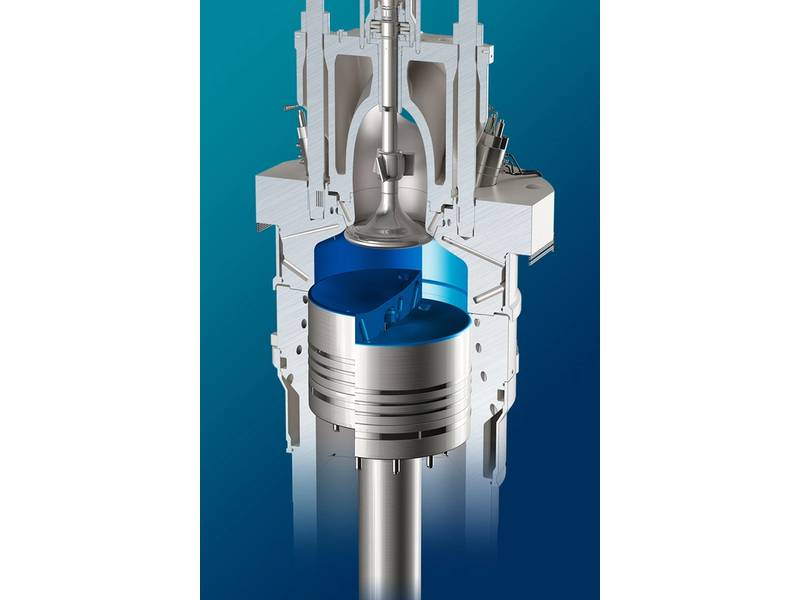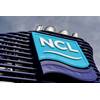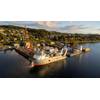Methane Slip Cut in Final VCR Tech Tests
WinGD reports that it completed shop tests of its variable compression ratio (VCR) technology, and the company claims that methane reductions from new X-DF engines with VCR technology deliver similar ship greenhouse gas (GHG) emissions to high-pressure dual-fuel technologies, while delivering a total system cost and fuel cost advantage for several vessel applications.
The VCR shop test was completed at Mitsui E&S DU (MESDU) facilities in Japan, where the first X‑DF2.0 engines with VCR are being built for bulk carriers owned by NYK Lines. The six-cylinder, 62-bore engine achieved around 30% fewer methane emissions than the same engine without VCR, taking total slip to around 0.83% of gas consumption. This is less than half the EU (and provisional IMO) default slip attributed to low-pressure, low-speed dual-fuel engines in maritime regulations. The reduction is expected to be even greater for engines with a larger bore.

The reduction in methane slip was achieved alongside a fuel reduction of up to 5.8% in gas mode and up to 6.9% in diesel mode.
VCR technology allows engine compression ratio to be adjusted automatically to optimize combustion based on engine load, fuel type and ambient conditions. The solution can be applied to all new X-DF engines and a retrofit package has already been designed and installed on a pilot case vessel, yielding promising early results.
Related News




